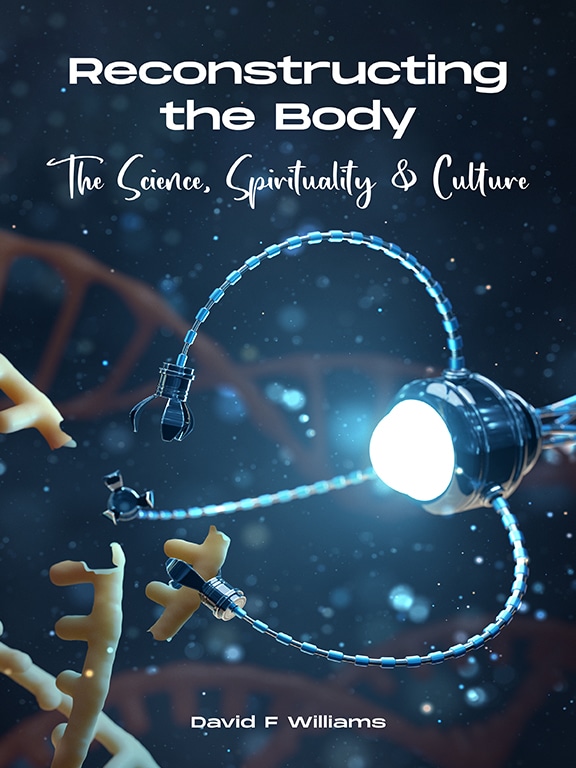And writing my poems with a feather pen
All of a sudden my life was yuan and zen
On Table Mountain a few years back
Chasing Venus round the old wine rack
Were the signs coming from my aching back
Saying I should have noticed the almanack
Slow down take any easier track
Forget the gelding, just go with the yak
No
I’ve been happy to let my life unfold
And not remember growing old
David Williams, I Can’t Remember Growing Old, Unpublished poem, 2019.
I am using some common terms here that have multiple meanings and are not easy to define precisely. These include ‘natural’ and ‘spiritual’. I would like to be as precise as possible within the context of this book. As noted in the previous paragraph, I take the view that ageing is a natural process since ‘natural’ denotes occurring in conformity with the ordinary course of nature. There is not a singular course of human existence, and indeed there is a very wide spectrum of experiences, but they may all be considered to be within a ‘natural framework’. Thus, while we generally equate the ordinary course of a natural lifespan to involve a healthy individual with no significant congenital defects, showing average physical attributes and a trouble-free life up to or beyond the longevity typical for their community, considerable deviation from these characteristics is still consistent with the ‘natural concept’. Within this framework, we must encompass individuals who are born with exceptional functional or anatomical characteristics, as well as those with significant deficiencies but who, nevertheless, are able to live with reasonable comfort.
As noted in the preface, this book is concerned with much more than the scientific, physical, and practical aspects of reconstructing the human body. I struggled for a long time to identify the descriptor of the other, non-physical aspects. It will become obvious that the technology used in reconstructive procedures (in all their aspects), must be placed in the far broader context of the control, or lack of control, of our bodies and minds. I eventually chose the word ‘spirituality’. Spirituality is not easy to define, and indeed means many different things to many different people and societal groups, which probably makes it the ideal candidate to encompass the widely varying non-physical dimensions of healthcare.
For many, spirituality is primarily associated with participation in organized religion. Whilst recognizing the importance of, and contributions made by, religions, I do not take that view. Indeed, it is necessary in this brief introduction to explain differences between science-based medicine, spirituality, and religious contributions to healthcare. Spirituality, derived from the meaning of ‘spirit’ as ‘breath’, refers to non-physical characteristics of individuals, for example associated with ‘emotion’ or ‘soul’ that are essentially independent of societal or historical context. Religions are systems of beliefs, determined by a higher power such as a god, in which individual spiritual characteristics are interpreted in the group context and used to establish moral guidelines for that group. For some people, their spiritual nature is subsumed within, and dominated by, an organized religion, while for others their individual character is preserved by private actions, including meditation.

